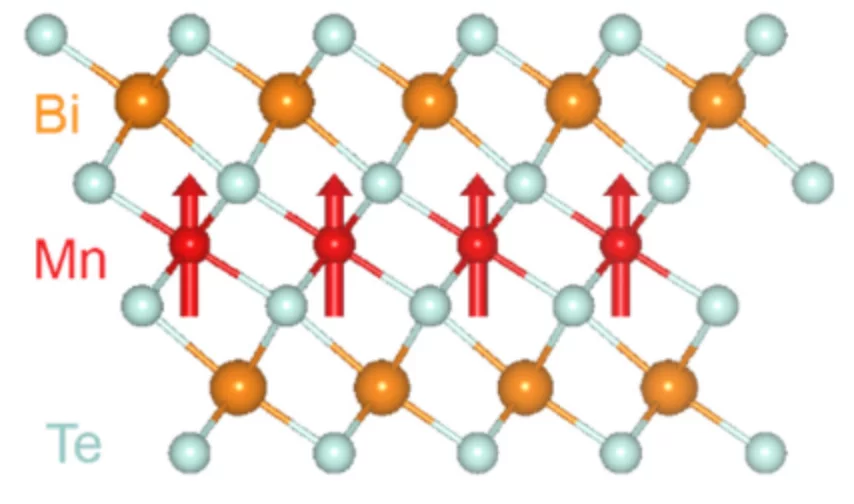The interface of two materials can harbor unexpected emergent phenomena. One example is interface-induced superconductivity. In this work, we employ molecular beam epitaxy to grow a series of heterostructures formed by stacking together two nonsuperconducting antiferromagnetic materials, an intrinsic antiferromagnetic topological insulator MnBi2Te4 and an antiferromagnetic iron chalcogenide FeTe.
Our electrical transport measurements reveal interface-induced superconductivity in these heterostructures. By performing scanning tunneling microscopy and spectroscopy measurements, we observe a proximity-induced superconducting gap on the top surface of the MnBi2Te4 layer, confirming the coexistence of superconductivity and antiferromagnetism in the MnBi2Te4 layer. Our findings will advance the fundamental inquiries into the topological superconducting phase in hybrid devices and provide a promising platform for the exploration of chiral Majorana physics in MnBi2Te4-based heterostructures.
Facility: SμS
Reference: W. Yuan et al, Nano Letters 24, 7962 (2024)
Read full article: here


